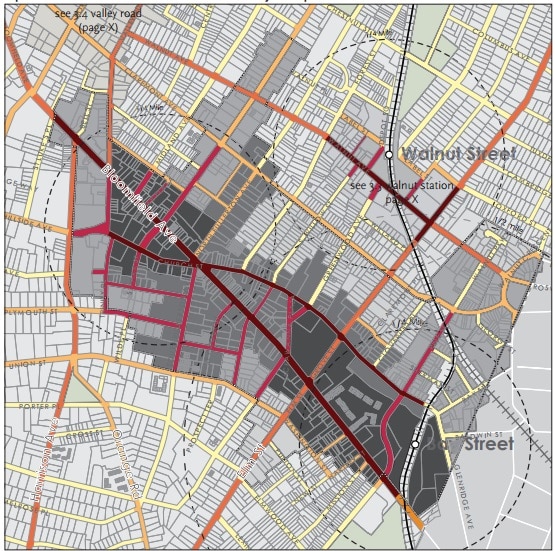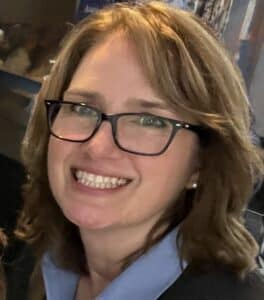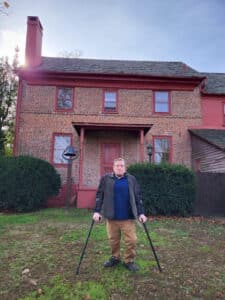During the past decade, Montclair Township has undergone substantial investment in mixed-use redevelopment projects along the Bloomfield Avenue corridor, creating new housing options, and igniting a stalled business climate left over from the 2008 recession, all of which translates into new tax ratables. The Mayor and Township Council have made these decisions in part to improve the Township’s physical building stock and the social/economic opportunities for residents and businesses alike, but also in recognition of the town’s diverse population and liberal mindset, mass transit assets, a world-class university, and proximity to New York City while still retaining a north-Jersey suburban flair. These developments have helped to further the administration’s conservative policy platform, which has been able to reduce the township’s debt from $223 million in 2011, to $178 million in 2016. Montclair achieved a AAA bond rating in 2016, a designation earned by only 3% of the state’s 565 municipalities.[dt_gap height=”0″ /]
The proposed redevelopment of the 8-acre Lackawanna train station lot into a mixed-use project, the Vestry, Montclairian II and the Seymour Street/Wellmont Theater Arts District at one end of Montclair’s Bloomfield Avenue, to the Valley & Bloom, the Rectory, the MC Hotel, the former Luna Stage site, and the Siena at the other, all create residential and commercial opportunity for existing residents and business owners, including low-income residents, as well as attracting new people to Montclair. Contrast that with other towns in northern New Jersey that are struggling to hang on to retail businesses as the internet and more progressive towns attract population and business away from sleepy suburbs. Go further out, to the state’s western counties, and you will find ghost-towns in the making. Hunterdon, Sussex and Warren Counties, for example, continue to lose population due to lack of opportunities.[dt_gap height=”10″ /]
The logical next step for Montclair would be to provide new transportation options along with these new developments. A shared-use mobility approach to addressing an influx of new residents would enable Montclair to sustain this level of development without taxing its street network. Options such as car-share, bike share, shuttles, and Bike Depots, all accessible at strategically located “superstops” along the corridor would enable residents and visitors alike to move around town, to their jobs, and to reach mass transit without utilizing, or perhaps even owning a car. With six NJ Transit train stations providing Mid-town Direct train service, and several bus routes, reaching transit through various public options is a no-brainer in Montclair. And lower income residents who often cannot afford to own a car would be able to take advantage of these new options.[dt_gap height=”10″ /]
Imagine pulling up an app on your smartphone while you stand at the corner of Bloomfield Avenue and South Fullerton, after enjoying dinner and a movie on Church Street, and having a host of transportation choices appear on your screen, complete with the time in minutes from where you are standing, to how soon you can access any of them. A shuttle will be there in three minutes…there are four bikeshare bikes two blocks away… a NJTransit bus will be at the corner of Grove and Bloomfield in seven minutes… and an Uber car is two minutes away. This is the stuff of 21st century cities, and Montclair is ripe to be New Jersey’s first municipality to implement such a comprehensive approach to “getting around.”[dt_gap height=”10″ /]
Existing Township residents and even empty nesters would adapt easily, as many Montclairites are transplanted NYC residents who are used to relying on public transportation and often find car ownership cumbersome. Furthermore, while getting a driver’s license was a rite of passage for boomers, gen-Xers, gen-Yers and millennials have a much lower rate of being licensed. Owning a car doesn’t have the same thrill that it did for their parents’ generation. These younger generations would rather not be tied to a car loan or lease and frankly would rather be texting or emailing than driving. The “open road” never existed for them, and they are more than happy to skip the search for a parking spot and instead use shared transportation if it gets them where they need to go. Then there’s the group for whom living car-free, and eliminating the expense of car ownership, is a dream that they could finally realize by living in Montclair. Lastly, those who are car-free not by choice but due to financial reasons, would have these options available to them as well. While other towns will continue to get bogged down in discussing parking and traffic issues, Montclair would be able to reduce the number of cars that need parking facilities, reduce road traffic and instead focus on moving people.[dt_gap height=”10″ /]
In 2014, the NJBWC worked with Montclair Township to design a shared-use mobility plan for the town, including preparing two grant applications for federal funding for the plan. The Township submitted both grant applications, and neither was funded, likely due to the uniqueness of the program. The NJBWC will be updating those plans and re-applying for a Transportation Alternatives Program (TAP) grant, once again working with the Township and other key stakeholders, including the Township’s transportation, parking, pedestrian safety and senior citizen advisory committees, the Montclair SAFE project, which is creating a bike plan for the town, and Bike & Walk Montclair. The plans provide for shuttles along Bloomfield Avenue, several superstops which would provide access to bike share and car-share, additional Bike Depots, and funds to create or utilize an existing mobility app for smartphones. Corporations would provide ongoing sponsorship funds to support a subsidized, affordable program, like Citibike in NYC, but with a more expansive array of transportation options in addition to bike share.[dt_gap height=”10″ /]
Montclair sits at the forefront of progressive 21st century values and being able to offer smart living choices with forward-thinking, affordable transportation options will provide business and economic opportunities that benefit the township and will enhance quality of life and overall livability for all residents of the town.
Cyndi Steiner, Executive Director















































































